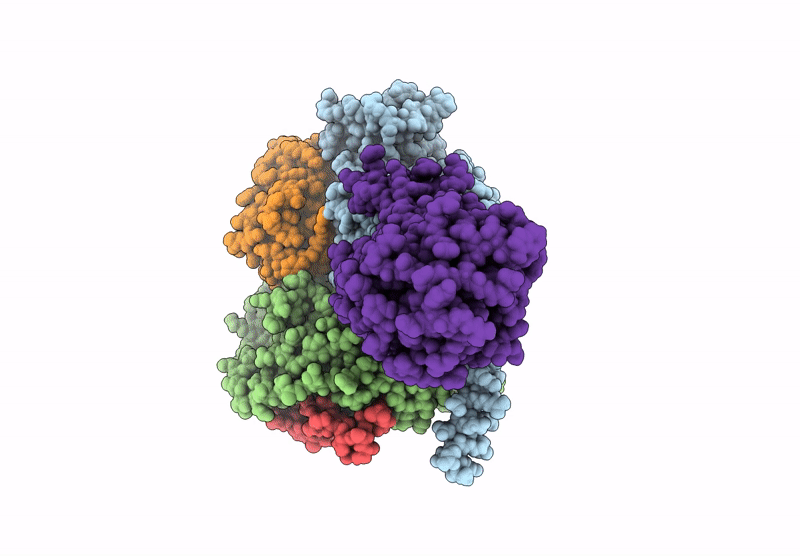
Deposition Date
2024-04-24
Release Date
2025-01-15
Last Version Date
2025-02-19
Entry Detail
PDB ID:
9BIP
Keywords:
Title:
Human proton sensing receptor GPR4 in complex with miniGs
Biological Source:
Source Organism:
Homo sapiens (Taxon ID: 9606)
Lama glama (Taxon ID: 9844)
Lama glama (Taxon ID: 9844)
Host Organism:
Method Details:
Experimental Method:
Resolution:
2.80 Å
Aggregation State:
PARTICLE
Reconstruction Method:
SINGLE PARTICLE


